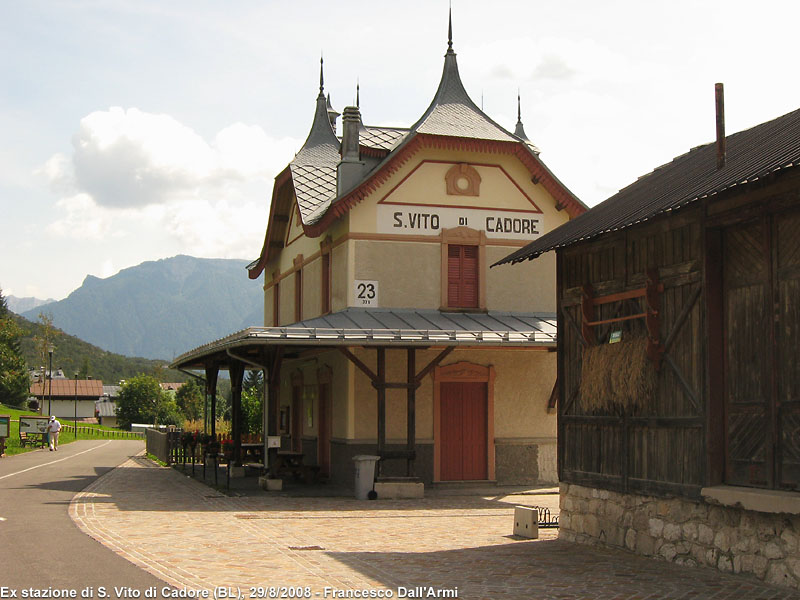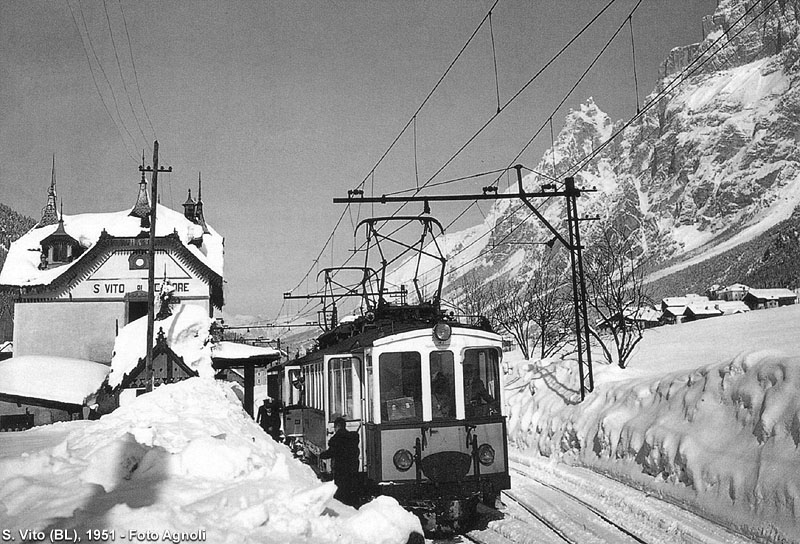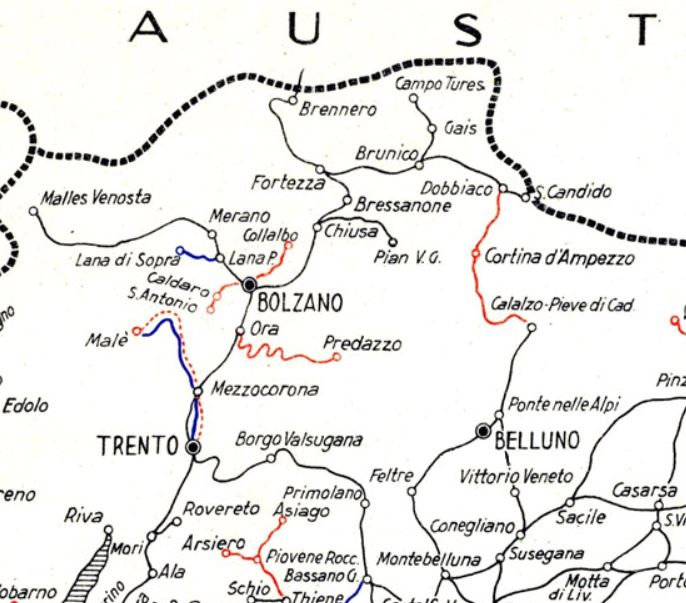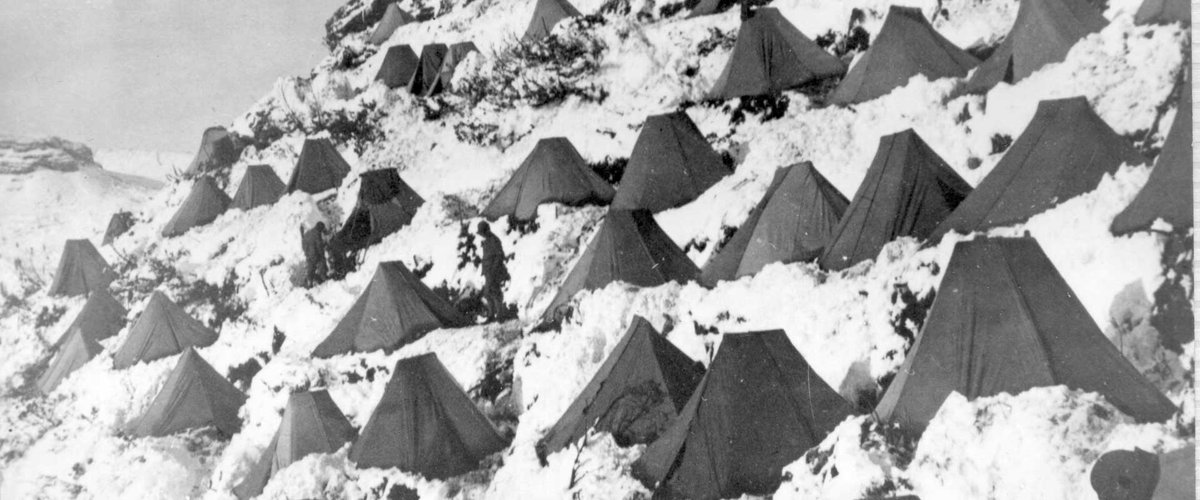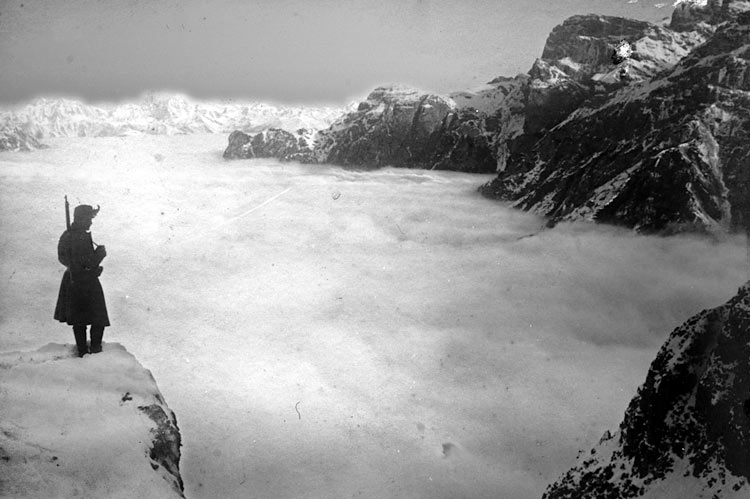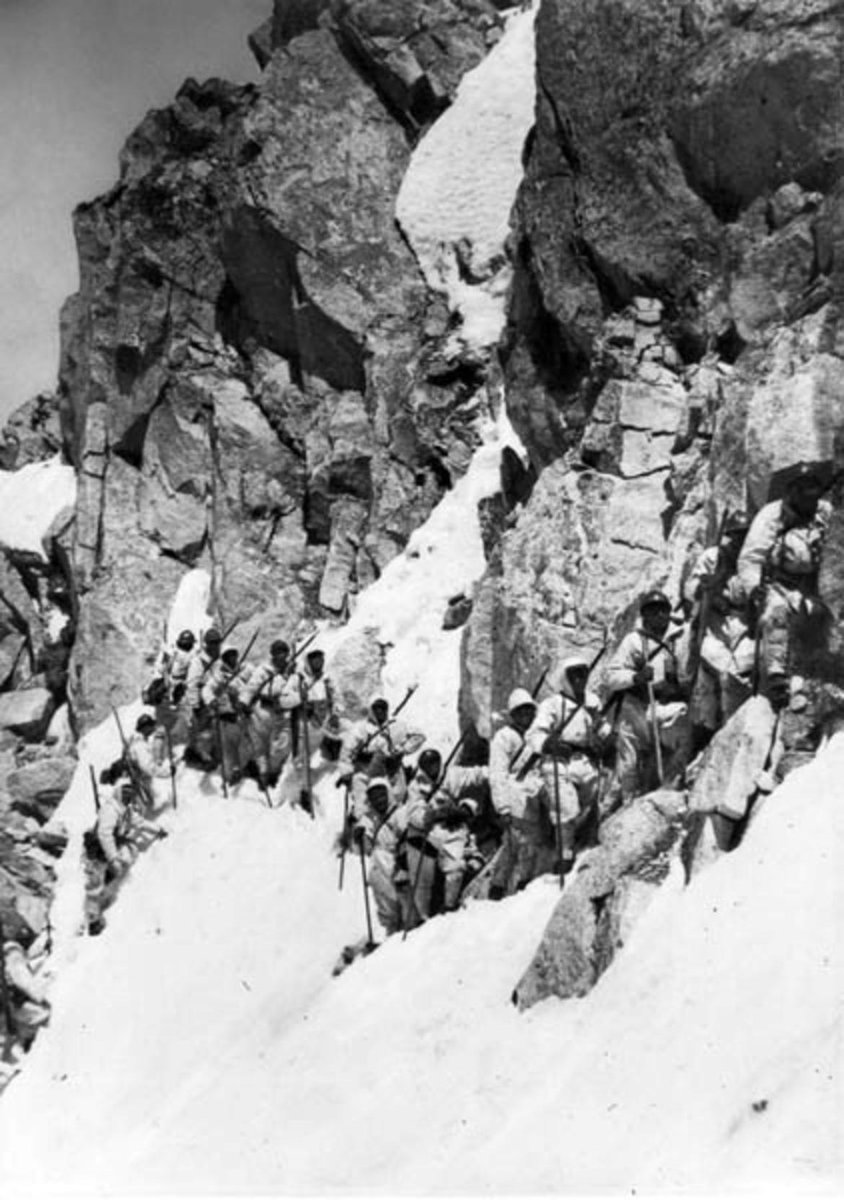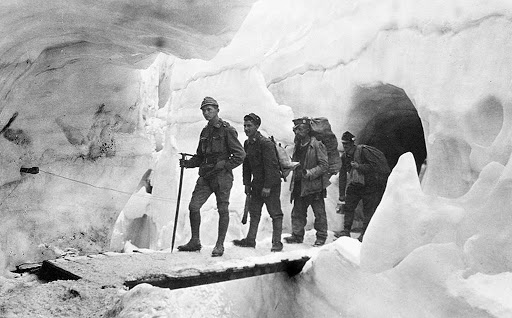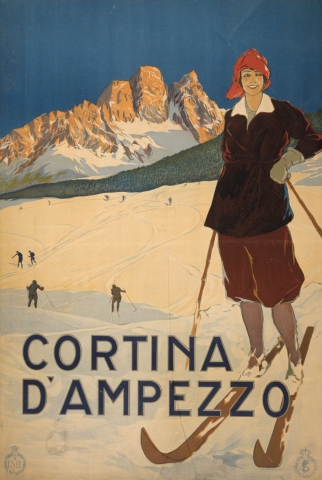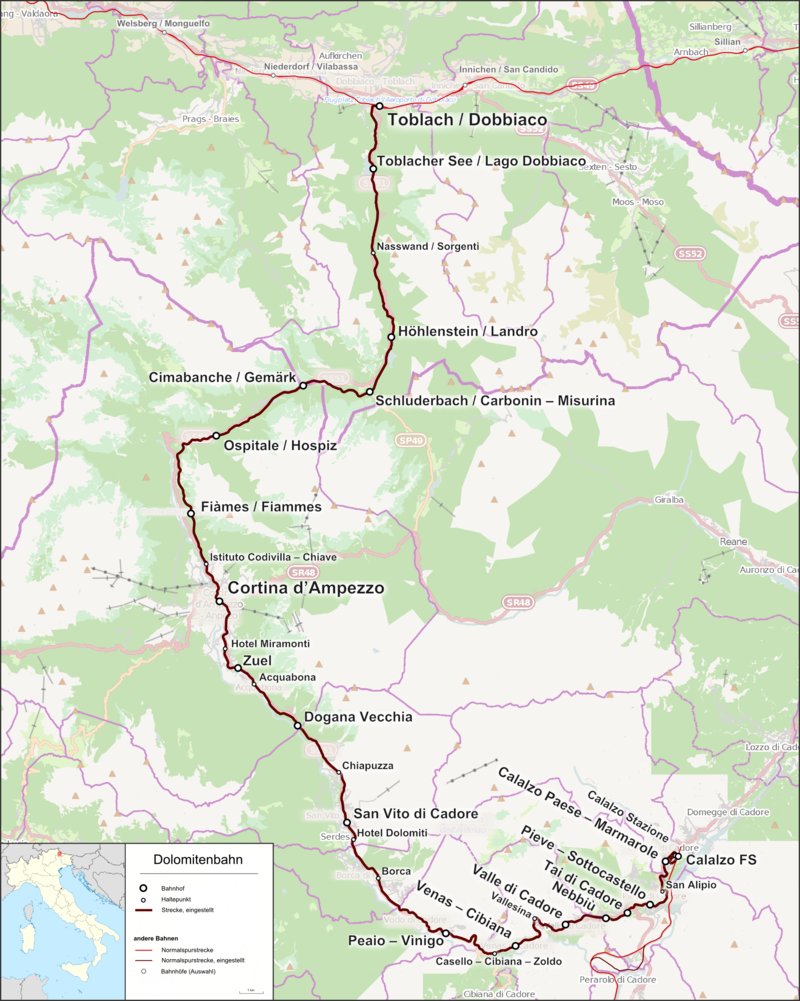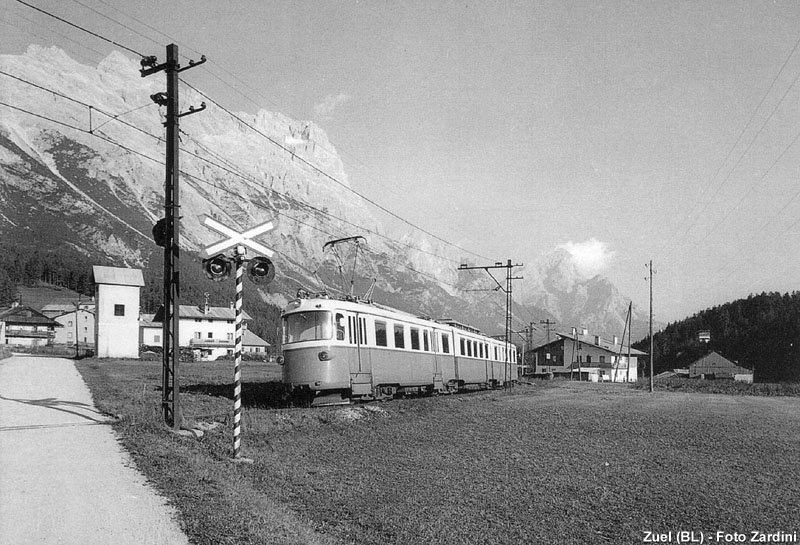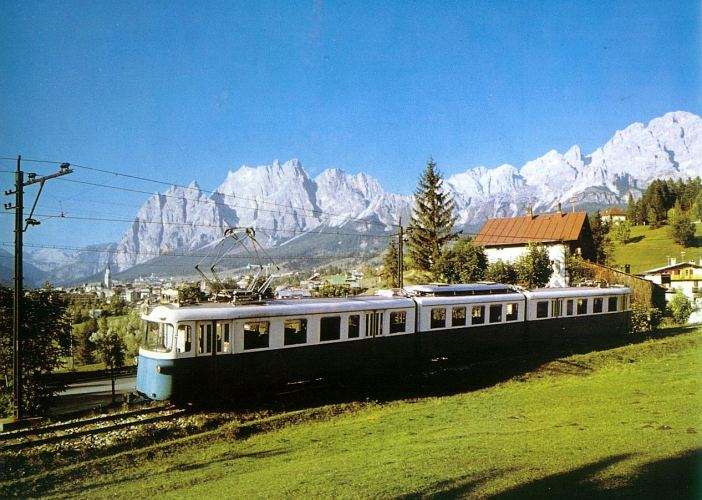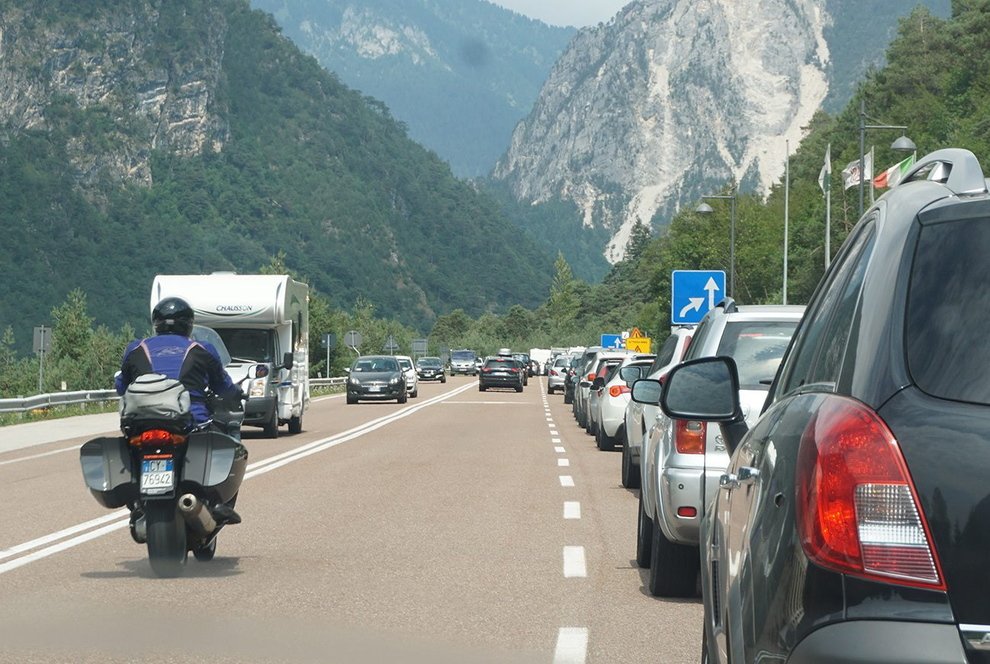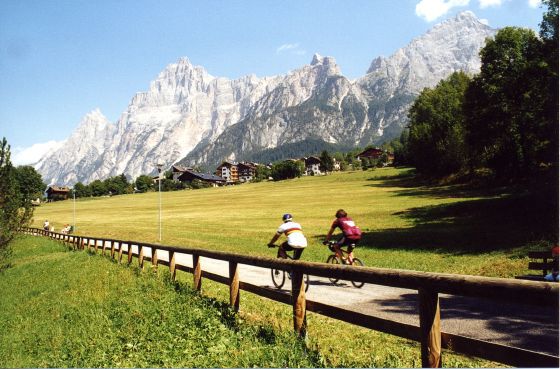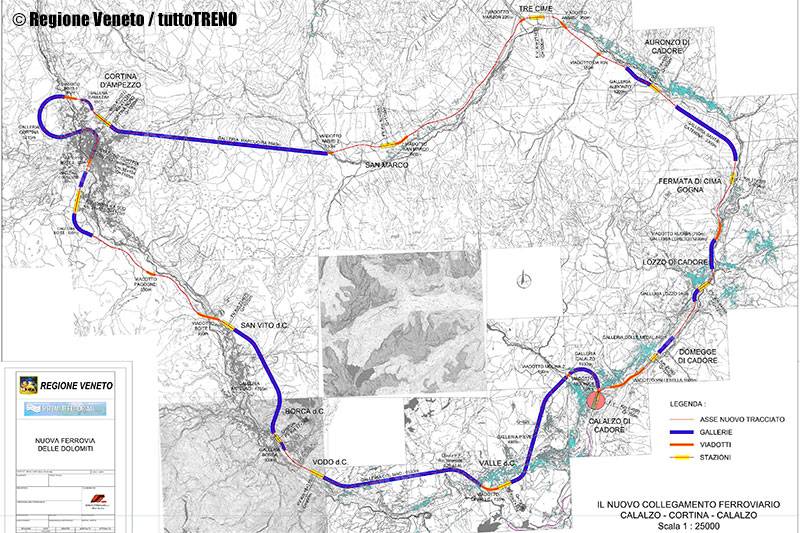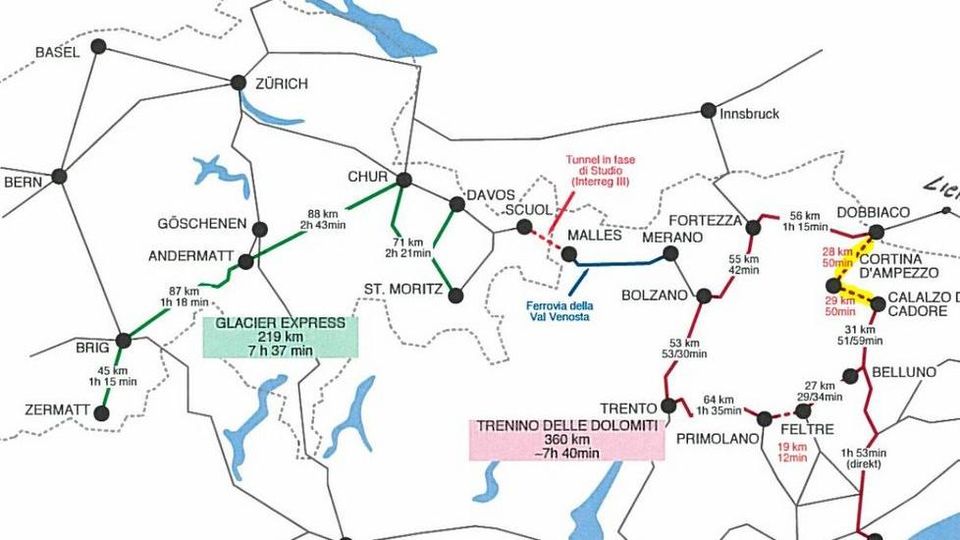1/ We all know there is a (high) cost for building a rail transit infrastructure and for operating it. But, there is also a (very high) cost for closing it based on shortsightedness and prejudice .
An infuriating story from the Dolomites.
An infuriating story from the Dolomites.
2/ The Dolomites used to have a number of local narrow gauge lines connecting the valleys:
- the Ora-Predazzo in the lower Fiemme Valley
- the Calalzo-Cortina d'Ampezzo-Dobbiaco
- the Chiusa-Pian in the Gardena/Grödental Valley
- The Asiago plateau line
- the Ora-Predazzo in the lower Fiemme Valley
- the Calalzo-Cortina d'Ampezzo-Dobbiaco
- the Chiusa-Pian in the Gardena/Grödental Valley
- The Asiago plateau line
3/ All those rail lines were partially built during, or in the wake of, WWI, to contribute to one of the most absurd theaters of the trench war between Italy and the Augsburg Empire: the mountain war, where the cold, the avalanches, the terrain slides killed more than the guns
4/ Those railways contributed to the reconstruction, then the birth and prosperity of mountain tourism in one of the most suggestive corners of the Alps.
Notably, the train was fundamental to the rise of Cortina d'Ampezzo as one of the great ski resorts of the Alps in the 1920s
Notably, the train was fundamental to the rise of Cortina d'Ampezzo as one of the great ski resorts of the Alps in the 1920s
5/ The line to Cortina was built in the immediate post-war years out of several initial sections built for military purpose by both the Italian and the Austrian armies.
Opened in 1921, the line was electrified in 1929.
It costed 38m ₤, that is ~50m€ today for 65 km
Opened in 1921, the line was electrified in 1929.
It costed 38m ₤, that is ~50m€ today for 65 km
6/ For years, it has represented one of the main all-weather transportation link in the hearth of the Dolomites, bringing tourist and locals around in the breathtaking landscape of the Boite Valley, like during the 1956 Winter Olympics.
7/ Badly damaged during WWII by retreating German troops, it was repaired and reopened, but progressively suffered from deferred maintenance, as many other private local rail concessionaires in the 1950s. Deteriorated to a point of no return, the line was closed for good in 1964
8/ The railway was dismantled and long sections of the RoW were used to enlarge the highway, because shortsighted local and National governments wanted to cut the "dead" branches of the rail network. A bus service was introduced to replace it.
9/ For years, a Motorway was planned along the Valley, as an alternative to the Brenner route. Only the most southern section was built in the 1980s, while the highway was modernized and bypass were added to relieve the congestion. It was never enough, though
10/ Today, the Boite valley, is a cesspit of traffic during the peak of winter and summer holiday season. What remains of the rail line has been converted to a pesabile cycle path. The bus service is slow and unreliable because of the heavy traffic
11/ To give you an idea, I did the cycle ride a few years ago. On my way back, it took me 1 hour less by bike than some friends who took the bus instead. Tourists (me included) are starting to avoid the Dolomites for that reason: valleys had become literally car sewers
12/ For that reason, many new proposals have been made in recent years to rebuild the line (and also the others in Badia and Gardena valleys). Especially, given the 2026 Cortina Winter Olympics, an extension to Cortina of the existing standard gauge line has been studied.
13/ That is good, right?! Not really. Built to modern standards, the line would cost more than 1bn€, with extensive tunnels and heavier civil works like viaducts. A folly that will probably never be built, given the upfront costs and competing priorities.
14/ Other proposals to close the gaps and emulate the Glacier Express with a Dolomites Express will encounter the same fate. Building them at today's standards from scratch is much more expensive than just modernizing progressively an existing line, as happened in Switzerland
15/ The result is that what costed only 50m€ hundred years ago, is not possible anymore today, as it will cost billions. A critical infrastructure has been lost forever to save a few pennies on maintenance and modernization.
That is the very high cost of closing a rail line.
That is the very high cost of closing a rail line.

 Read on Twitter
Read on Twitter